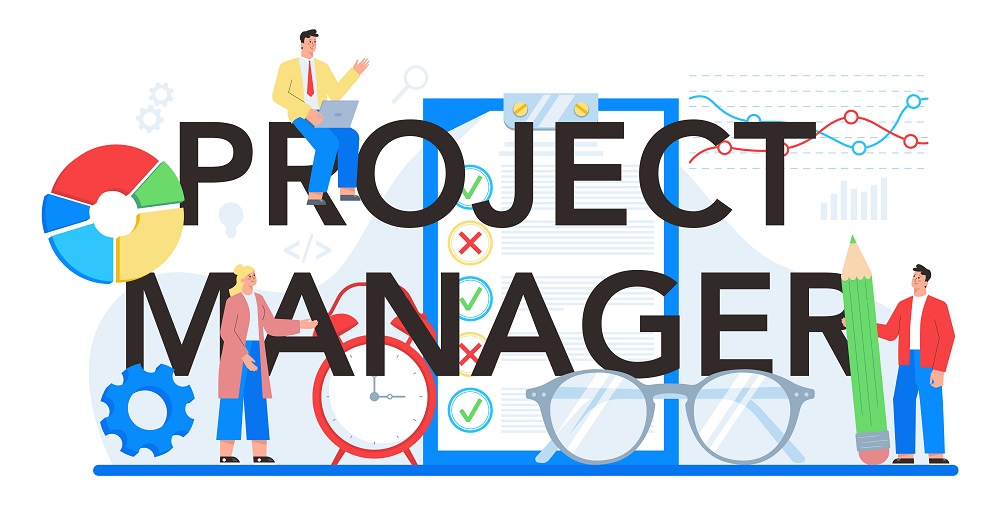What are the key things to consider for a successful software project? When boarding on a new software venture, looking beyond just coding and considering the bigger picture is essential. Success in software development hinges on careful planning, effective teamwork, and a clear vision of the end goal. Whether you’re creating a mobile app, a web platform, or an enterprise solution, the fundamentals of project success remain the same.
This article will help look into crucial factors that can make or break your software project. From setting clear objectives to ensuring quality assurance, we’ll cover the vital elements contributing to a successful outcome. These insights are valuable for both seasoned developers and newcomers to the field. By understanding and implementing these fundamental considerations, you’ll be better equipped to navigate the complexities and avoid mistakes of software development and increase your chances of delivering a product that meets or exceeds expectations.
Key Factors for a Successful Software Project
Understanding the Human Element
People are at the core of any successful software project. Having a skilled team that can collaborate efficiently makes a significant difference in how well the project progresses. Each team member, from developers to testers to project managers, plays a crucial role. A good team isn’t just technically proficient but can also communicate effectively, share ideas, and problem-solve together. Collaboration tools and clear channels of communication help maintain smooth interactions between all project members. The overall dynamics of the team often dictate how easily roadblocks are overcome, making this a key factor to prioritize.
Effective Project Management
Strong project management is vital to ensuring that a software project runs smoothly from start to finish. Selecting a project manager with experience in handling software development projects is critical. The project manager’s role is to oversee timelines, resources, and project scope. They need to develop a well-structured project plan that outlines each phase of the development cycle, sets clear timelines, and allocates resources effectively. A project that lacks solid management can quickly encounter delays, overspend, or lose sight of its objectives.

Setting Clear Goals and Objectives
Before any code is written, it is essential to set clear and achievable goals for the project. Defining a project’s vision and mission helps guide the team in the right direction. Goals need to be specific, measurable, and broken down into smaller, actionable tasks. By doing this, it becomes easier to monitor progress and maintain momentum throughout the project. Each phase of the project should contribute to these overarching objectives, ensuring that every team member knows what they are working towards.
Selecting the Right Project Management Framework
Choosing the right project management framework can significantly impact how efficiently a project is executed. Agile, Waterfall, DevOps, and other methodologies each offer distinct benefits depending on the project’s needs. Agile is often favored for projects that require flexibility and rapid iteration, while Waterfall may be better suited for more structured and predictable projects. The choice of framework affects how the team works and how they adapt to changes and challenges during the project lifecycle.
Communication and Collaboration
For a software project to be successful, communication within the team and with stakeholders must be clear and consistent. Establishing strong communication channels helps ensure everyone is aligned with the project’s goals and timelines. Tools such as Slack, Microsoft Teams, or Jira can help facilitate effective communication, especially in remote or hybrid work environments. Beyond just communicating tasks, fostering collaboration among team members encourages feedback and innovative solutions, contributing to better project outcomes.
User Research and Testing
A project’s success is heavily influenced by how well it understands its end-users. Conducting thorough user research at the start of the project ensures that the software meets the needs and expectations of its target audience. Throughout the development process, continuous testing allows for the early identification of potential issues that can be addressed before they become significant problems. Iterative testing is key to refining the software, ensuring it remains aligned with user requirements and performs as expected.
Quality Assurance and Budget Control
Quality control is essential for delivering software that functions well and meets user and business expectations. Implementing regular quality checks throughout the development process helps identify and resolve bugs or compliance issues. At the same time, effective budget management ensures that the project does not overrun its allocated resources. Tracking expenses and adjusting resources as necessary helps maintain financial control without compromising on quality. Regular budget reviews ensure the project remains on track financially.
Risk Management

Every software project comes with its own set of risks, from technical challenges to scope changes. Identifying potential risks at the beginning of the project helps in planning for possible roadblocks. Risk management involves not only identifying these risks but also creating mitigation strategies to minimize their impact. By planning, teams can respond quickly to unforeseen issues, ensuring the project stays on track and avoids unnecessary delays.
How Do You Create a Successful Software Project?
Creating a successful software project involves several key steps that require attention throughout the project lifecycle:
- Detailed Planning and Requirement Gathering: Begin with a clear understanding of the project’s objectives, business requirements, and user expectations. This ensures the scope is well-defined.
- Assemble a Skilled and Collaborative Team: Hiring the right talent and fostering collaboration across departments is essential to maintain productivity.
- Choose the Right Methodologies: Select a project management framework like Agile or Waterfall that best suits your team’s workflow and the project’s needs.
- Continuous Testing and Adaptation: Implement iterative development and testing processes, ensuring that feedback is incorporated continuously.
- Effective Risk Management: Identify potential risks early and establish mitigation strategies to avoid delays or cost overruns.
- Clear Communication Channels: Maintain strong communication within the team and with stakeholders to ensure everyone is aligned with project goals.
Conclusion
Successful software projects don’t happen by chance. They require careful planning, skilled execution, and constant attention to detail. By focusing on clear objectives, thorough planning, and assembling a strong team, you set the stage for success. Effective communication, agile methodologies, and a commitment to quality ensure smooth progress. Prioritizing user-centered design and scalability future-proofs your software. Remember, each project is unique, and these considerations should be adapted to your needs. With these critical factors in mind, you’ll be well-equipped to navigate software development challenges and deliver a successful project that meets or exceeds expectations.





